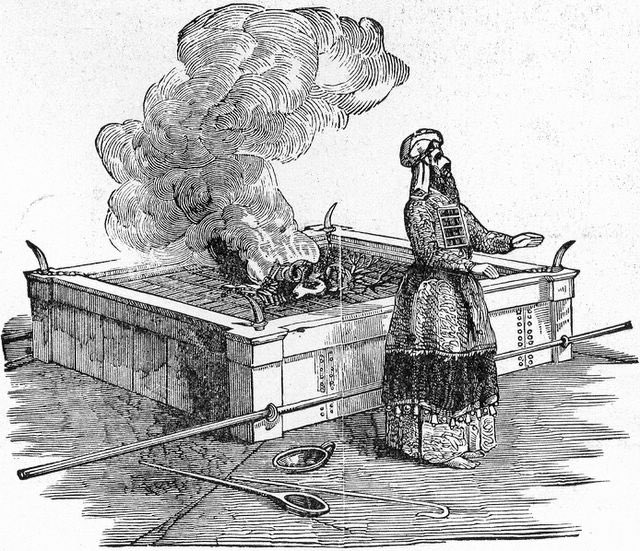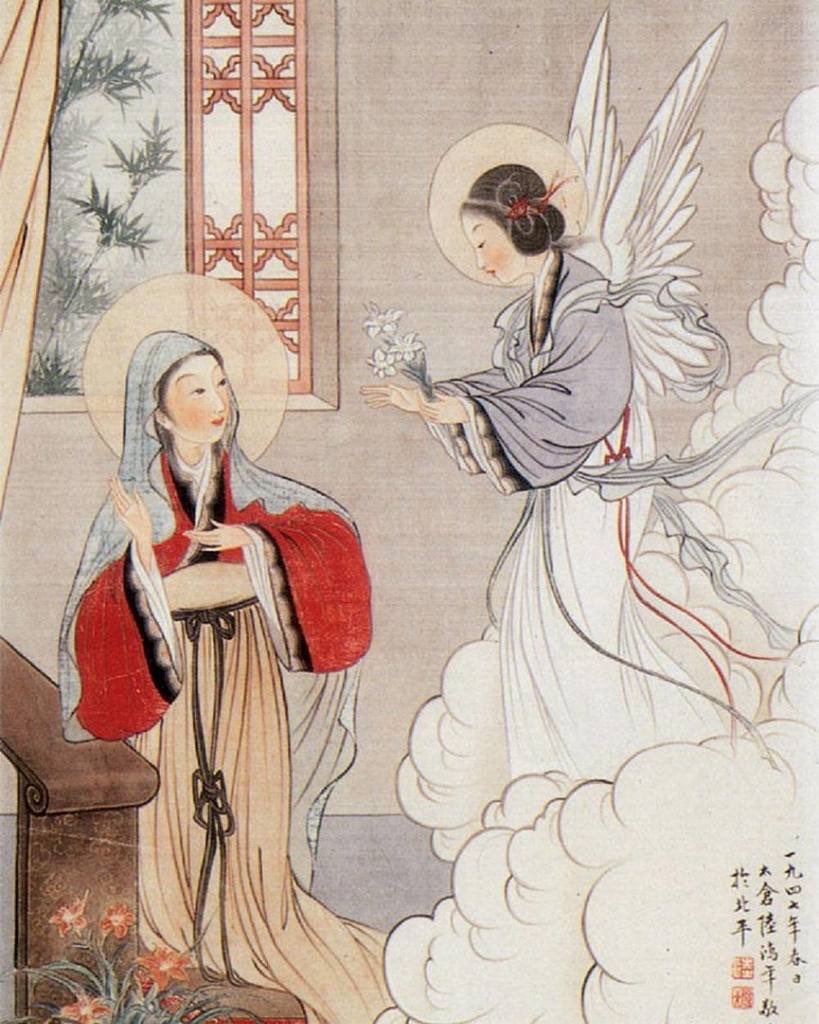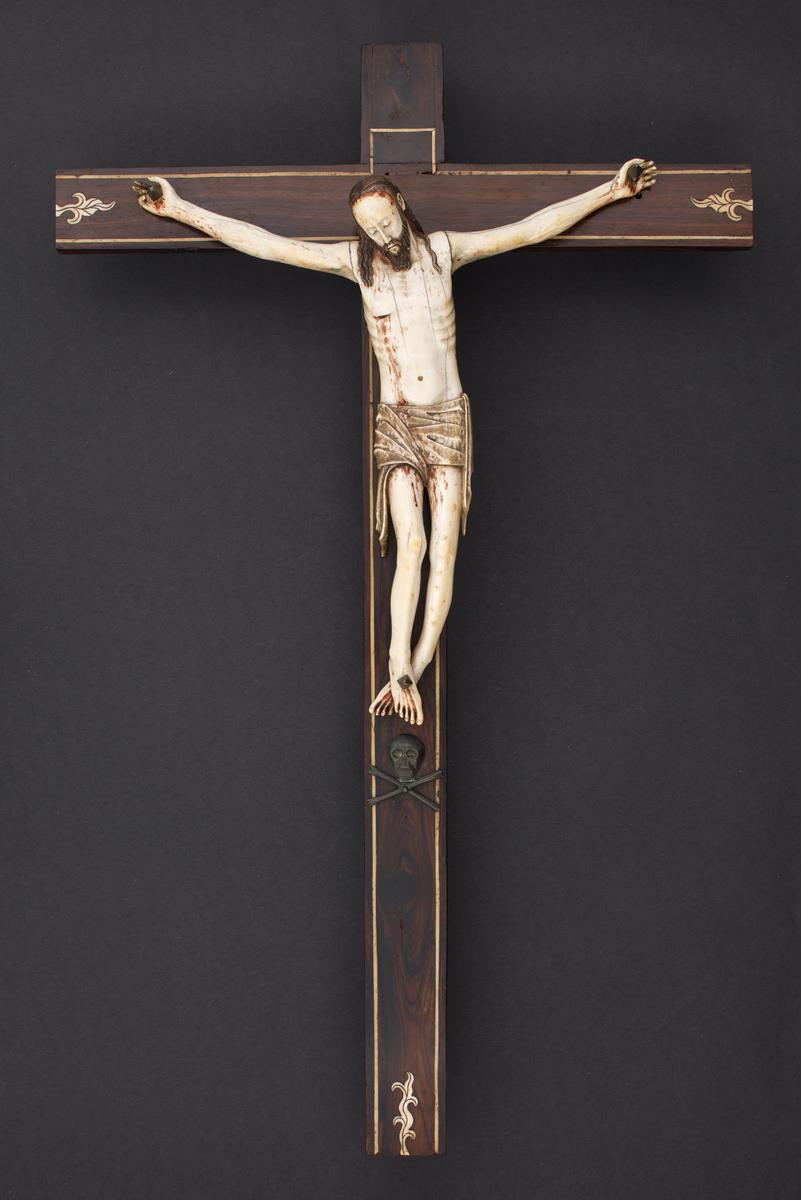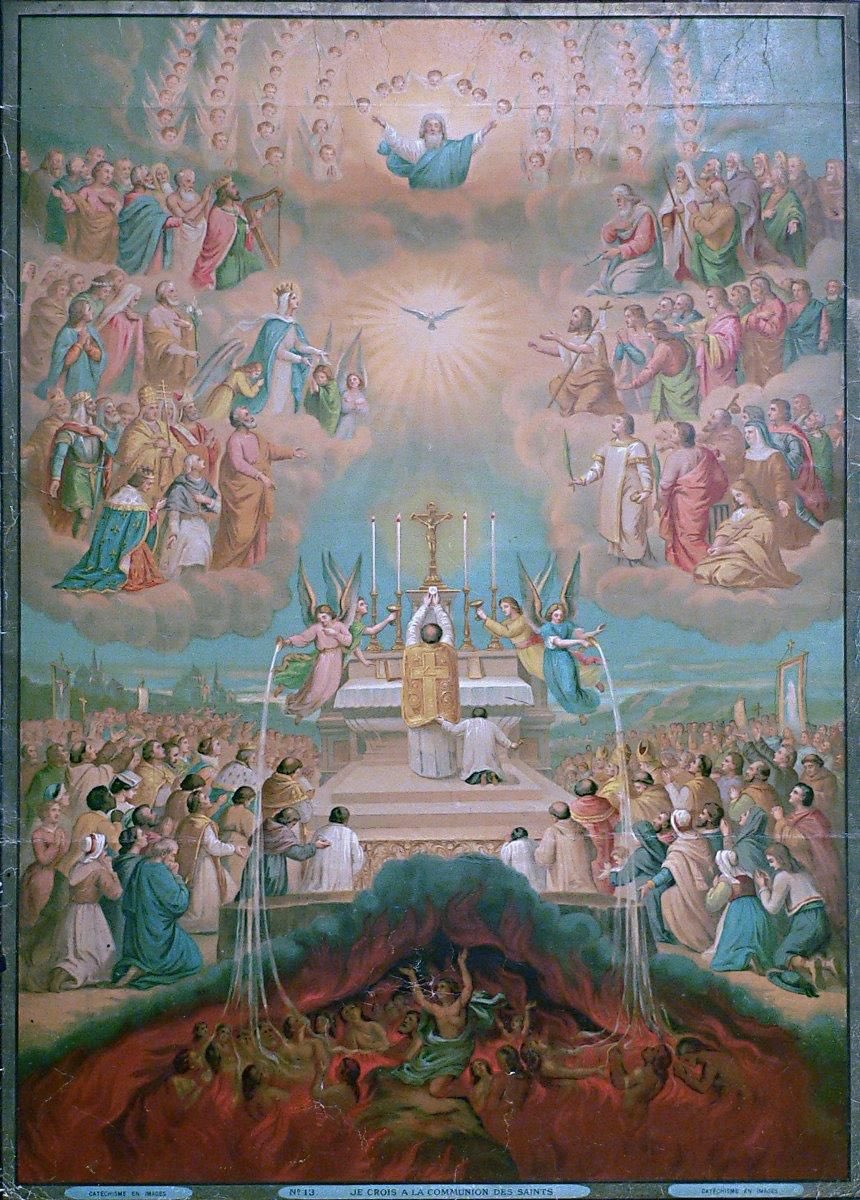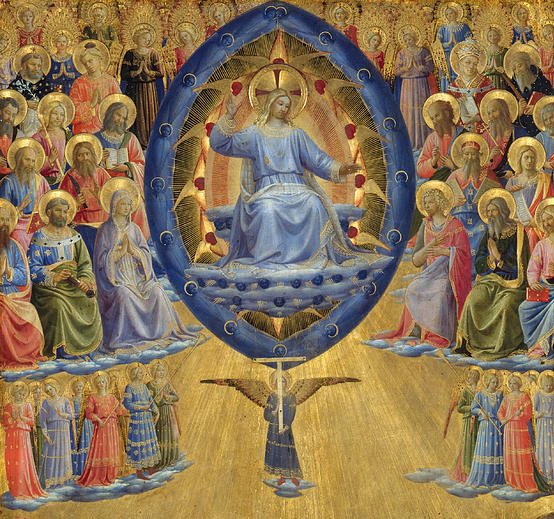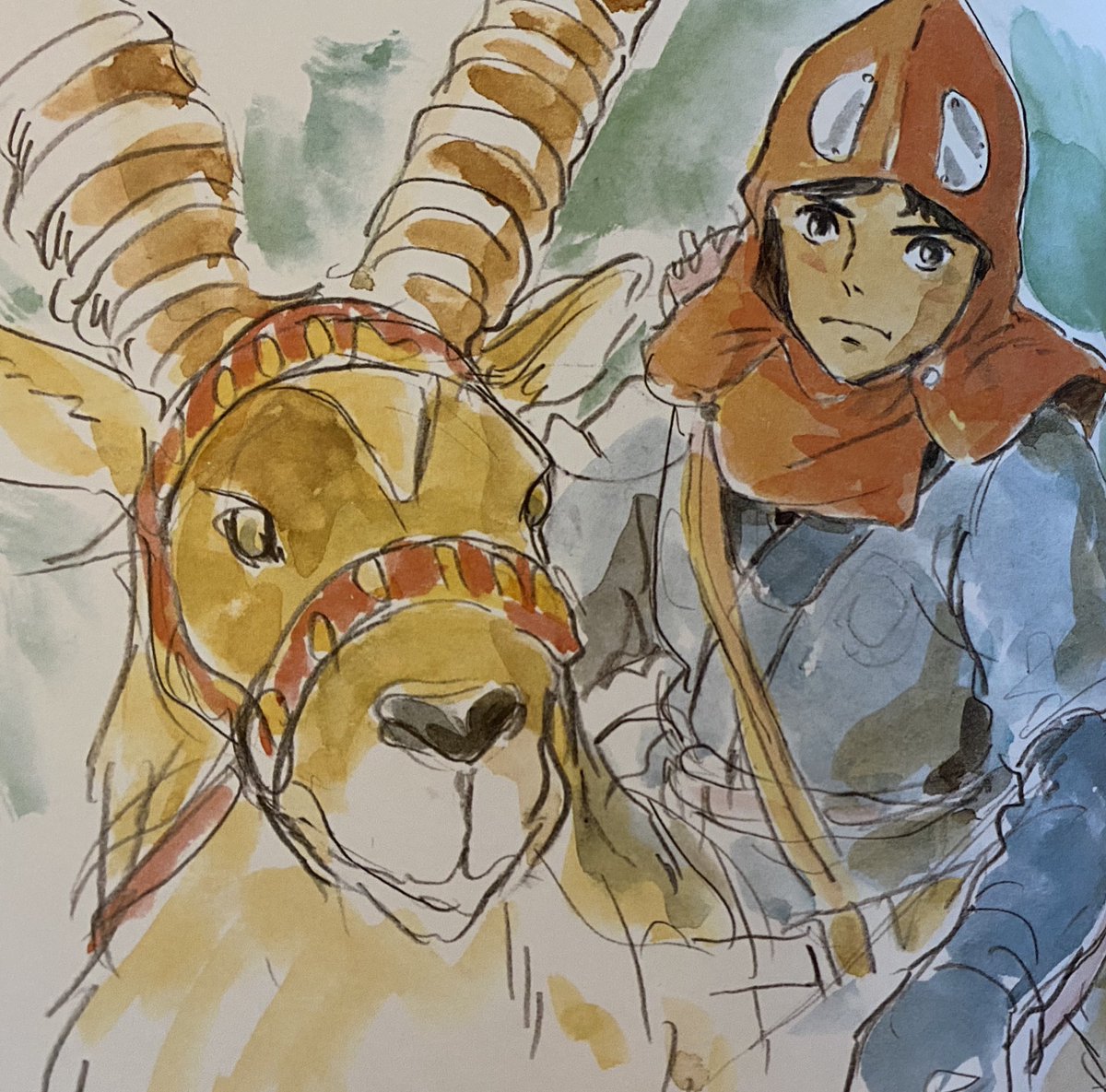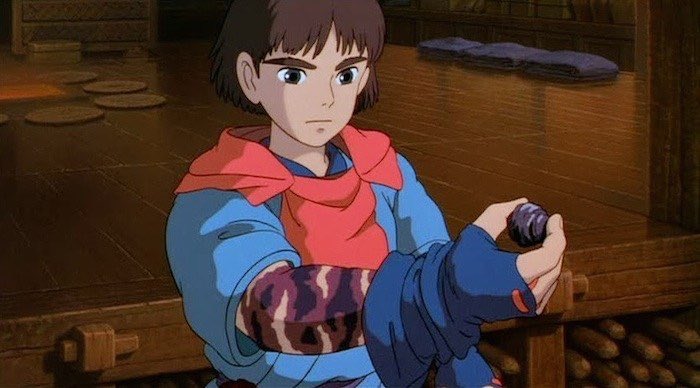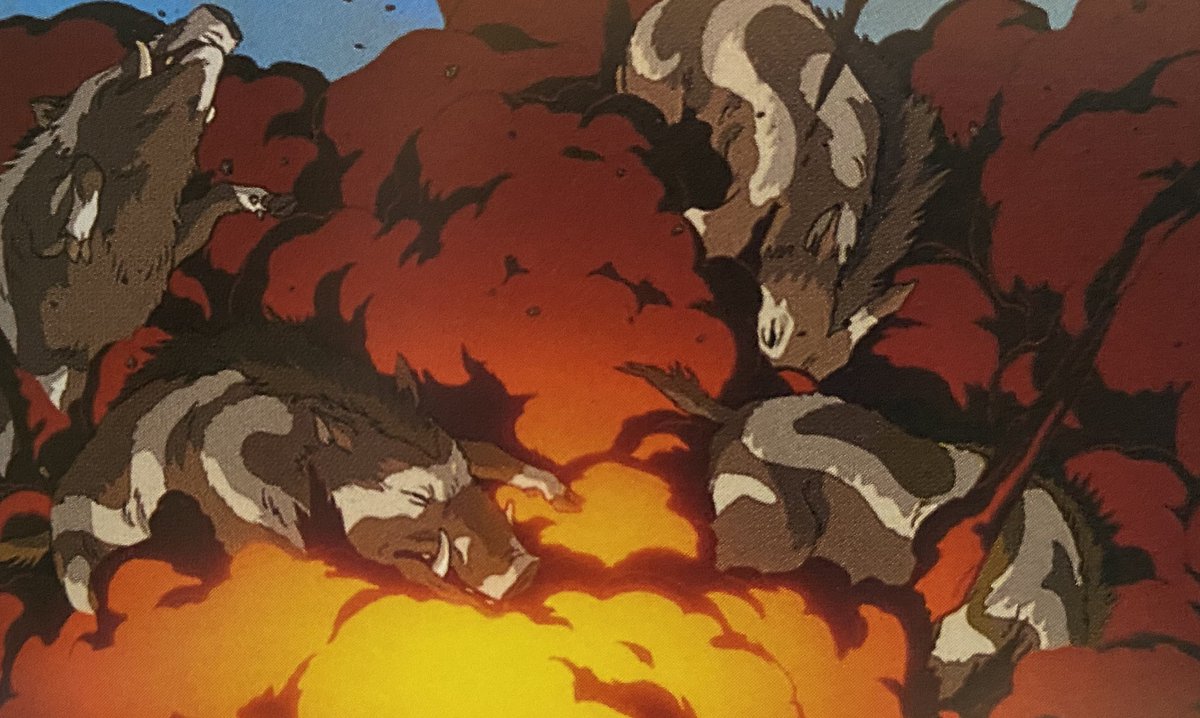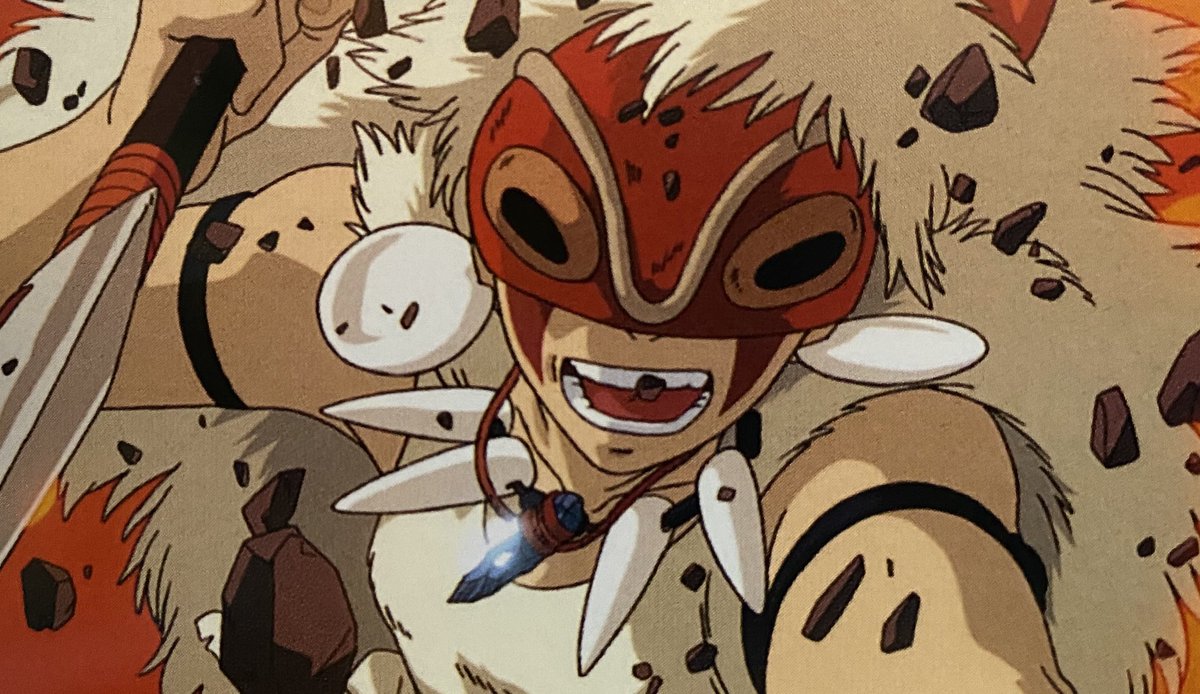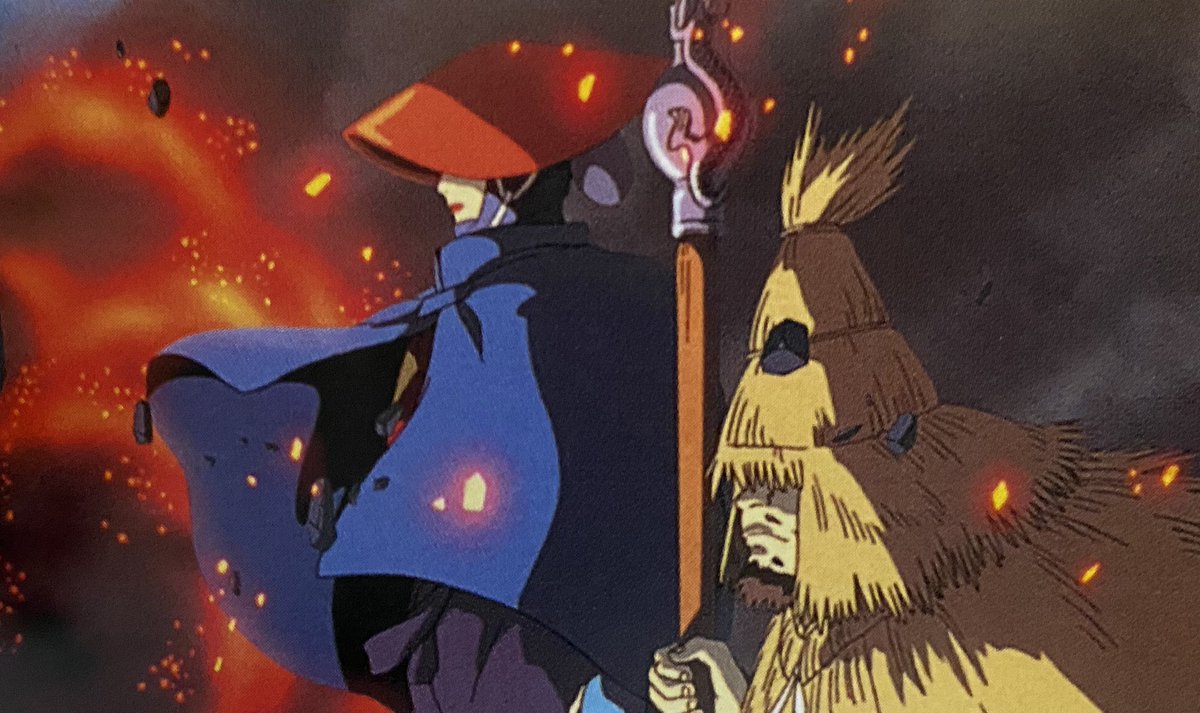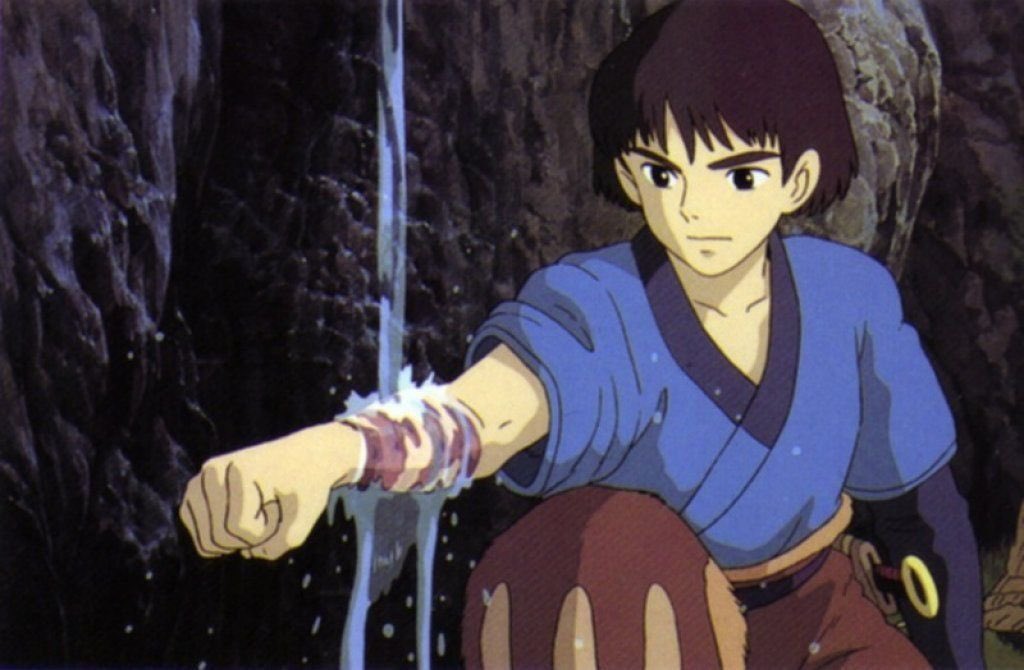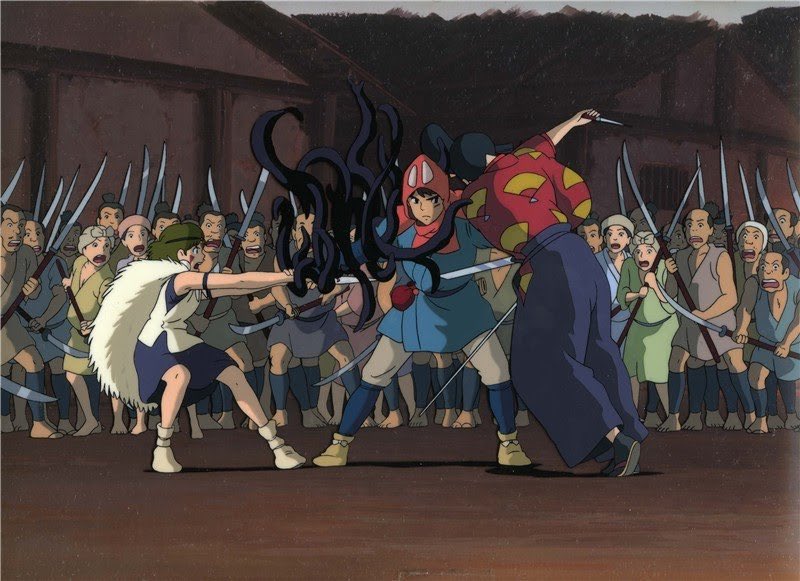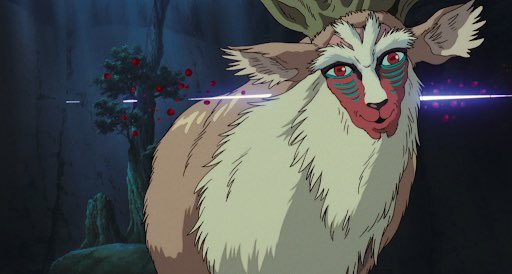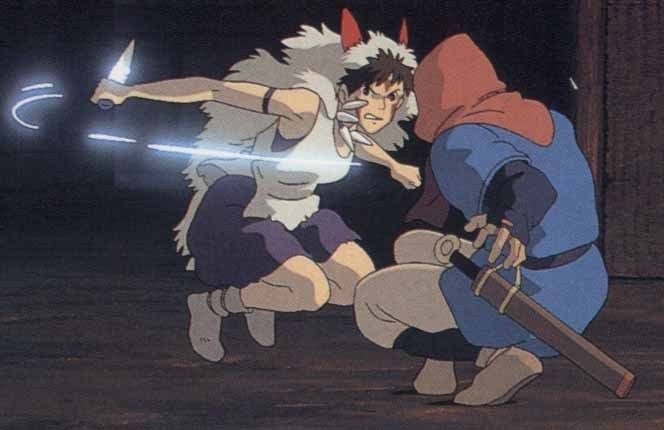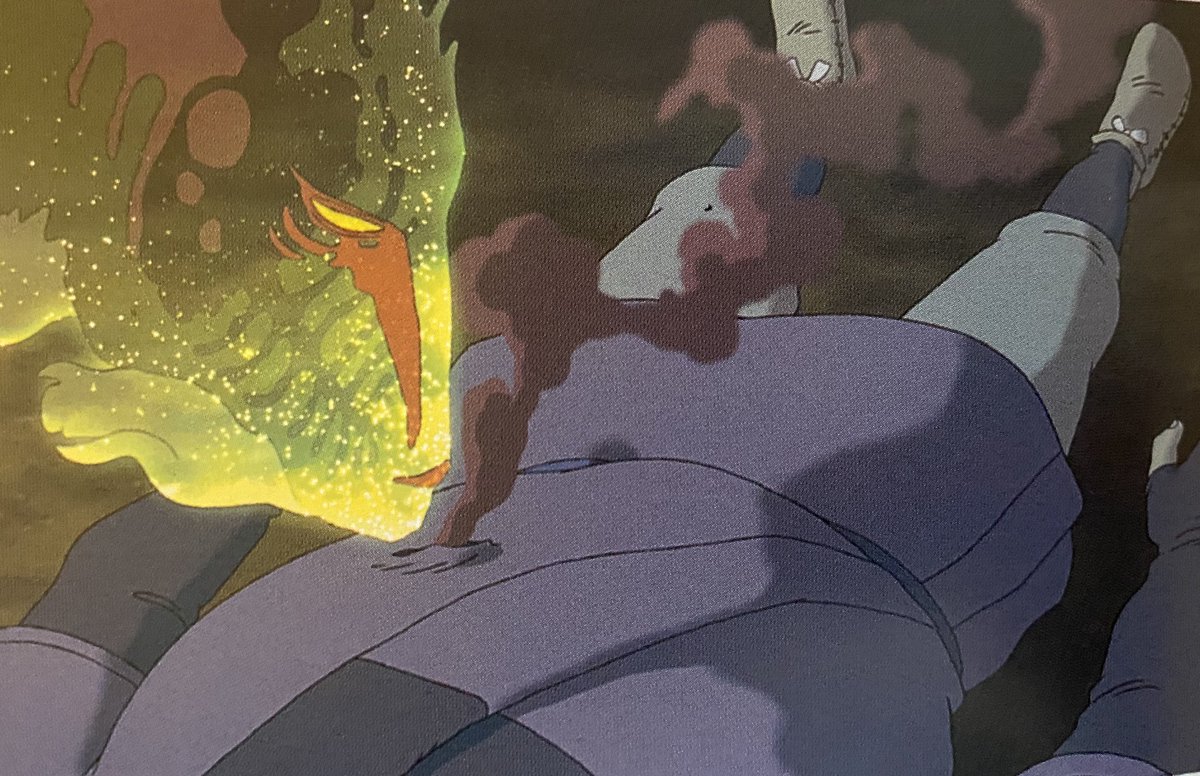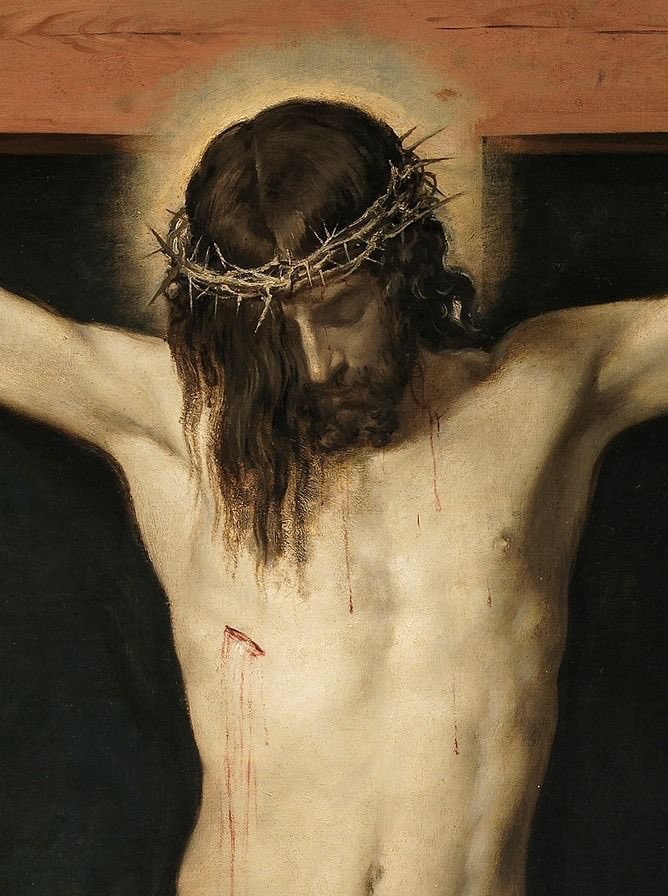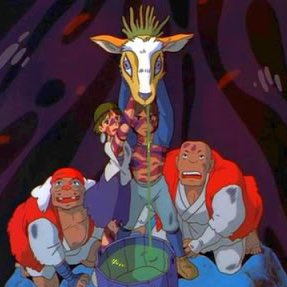THREAD/ESSAY:
ASHITAKA THE PRIEST
I’ve been a Catholic priest for just over 5 years now, and the last few times I’ve watched Princess Mononoke, I’ve been struck by the similarities between Ashitaka’s role and the role of the priest.
Would love to hear any thoughts this sparks!
ASHITAKA THE PRIEST
I’ve been a Catholic priest for just over 5 years now, and the last few times I’ve watched Princess Mononoke, I’ve been struck by the similarities between Ashitaka’s role and the role of the priest.
Would love to hear any thoughts this sparks!
First, what is a priest? Very simply put, a priest is a mediator who performs a reconciling sacrifice. The primary role of the priest, in Catholicism, and also Judaism and, as far as I know, pretty much every faith that has a cultic priesthood, is to mediate between God and man.
We believe that Jesus Christ is the one true High Priest - because He is both God and man, He can reconcile us to God perfectly. Having both human and divine natures, He mediates and unifies in His very person. He is the way, the truth, and the life.
So, Jesus is the perfect mediator- and He also the perfect priest. The primary role of a priest is to offer a reconciling sacrifice. Jesus, mediator & priest, offers the perfect sacrifice - Himself. As the place where God & humanity meet, Jesus offers Himself to reconcile us.
The Catholic priesthood is understood to be a special participation in the one priesthood of Jesus Christ, to perpetuate His once-&-for-all sacrifice throughout time & space, and diffuse it’s saving effects to all people. This occurs primarily through the Mass and the Sacraments.
Every baptized person participates in the Lord’s offices of priest, prophet, & king, and we are all called to live as members of Christ by the witness of our lives. Those of us that have been called to the ordained priesthood have a particular ministry of service and worship.
Regarding Hayao Miyazaki: Of course, Miyazaki-San is very much NOT a Christian artist. In fact, he is outspoken against the westernization of Japan. Spiritually speaking, he intentionally roots his stories in the nature/ancestor worship of ancient Japanese Shinto.
But Miyazaki’s work displays a deep, nuanced, realistic and hopeful understanding of human nature, and his stories consistently offer us heroic and inspiring examples of natural virtue - in fact, he might be the very best at this, in the history of filmmaking(!).
Ok, on to Prince Ashitaka in Mononoke Hime and his priestly qualities:
First, Ashitaka is a fallen man chosen from among fallen humanity to live out a mediating role. He shares the curse of humanity, in a particular, personal way.
First, Ashitaka is a fallen man chosen from among fallen humanity to live out a mediating role. He shares the curse of humanity, in a particular, personal way.
This is illustrated by the curse on his arm, which was corrupted in battle with a WARTHOG KING (awesome) who has given in to pain & hatred and has been overcome by a demon. In his fight with this demon, Ashitaka takes on the curse.
Ashitaka struggles to contain the power of hatred, in his own members, that results from this curse, and when he doesn’t control it, it leads to acts of increased/uncontrolled violence. We can see a parallel to the experience of both Original Sin and personal sin here.
So, Ashitaka is a mediator taken from among fallen men, and is given a sacrificial role to fulfill from this position.
Hebrews 5:1 - “Every high priest is taken from among men and made their representative before God, to offer gifts and sacrifices for sins.”
Hebrews 5:1 - “Every high priest is taken from among men and made their representative before God, to offer gifts and sacrifices for sins.”
In the world of Princess Mononoke, many wars rage - men against men, man against nature, and humanity against the gods. As a representative taken from among men, Ashitaka is called to atone, with the sacrifice of his life, and to be a reconciling power in each of these conflicts.
As far as we know, he has no personal culpability in any of this strife, but in his fallen human nature, shared with his sisters and brothers, Ashitaka is implicated in the greatness and the evil of all of humanity. He understands this, and nobly takes up the mantle.
Prince Ashitaka will be called to offer a sacrifice to reconcile mankind with those we rage against - ourselves, each other, our world, and the Divine. And the sacrifice he is called to offer is not simply an offering of something outside of himself - his sacrifice IS himself.
In this role of sacrificial mediator, Ashitaka consistently places himself, at personal risk, in the breach between warring parties - the infighting among humanity, the contest between humans and nature, and the war that humanity has taken to the Divine.
Ashitaka places himself in the breach with words & actions - forceful, occasionally angry, often wise beyond his years, compassionate & sorrowful. And when the mob can no longer respond to his pleas, he always offers his entire self as the victim in the hope of reconciliation.
(As an aside, this scene where Ashitaka allows San, in her fury, to stab him (in the heart?), and then responds with an embrace...
recalls the moment in Nausicaa of the Valley of the Wind when Nausicaa lets Teto bite her and then, rather than acting out of pain or scolding him, soothes him, and so healing occurs.)
By placing himself alongside and in front of (defensively) those that his own kind fear and threaten, Ashitaka is offering a priestly, atoning sacrifice, one in which he is both priest and victim.
Some other expressions of this theme:
- When San, already alienated & threatened by her own (just) rage, is in danger of succumbing to the curse of the demon of hate, she cries out, “I& #39;m on fire. No! I don& #39;t want to become a demon!” Ashitaka endangers himself to save her.
- When San, already alienated & threatened by her own (just) rage, is in danger of succumbing to the curse of the demon of hate, she cries out, “I& #39;m on fire. No! I don& #39;t want to become a demon!” Ashitaka endangers himself to save her.
- At one point, Ashitaka is mortally wounded, and is left at the “altar” of the Forest Spirit, who revives him. Ashitaka is a “wounded healer” in many ways, and has had to undergo many of his own ‘deaths’ for the sake of his mission - here, he is brought back to life.
In the end, Ashitaka’s sacrifice is not sufficient to bring an end to the wages of sin, not even in his own body, much less the entire fallen world that he loves. He is not “the One.” His sacrifice is not “once-&-for-all” like the Sacrifice of Jesus Christ on the Cross.
But Ashitaka’s participation in the story of humanity, our world, & the Divine makes a difference in his time and place. He pays for it - after all he has been through, he will remain “homeless,” never settling with a family of his own, remaining in the breach, with his own kind.

 Read on Twitter
Read on Twitter